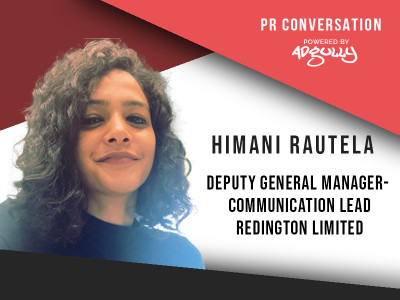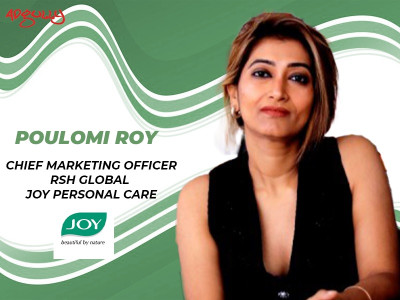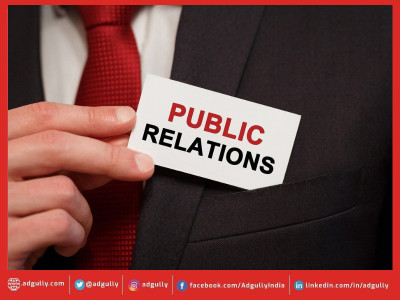The lynchpin of PR is issue management and stakeholder relationships: Geetu Batra
In the last 10 years, PR has taken a different dimension, especially after the entry of social media and the rapid shift to digital during the pandemic period. At the same time, the industry has been facing stiff challenges, moreover client expectations have also increased, with more emphasis being given to digital and online reputation management. The industry has undergone a radical shift and the current times have pushed the industry to change gears.
In conversation with Adgully Geetu Batra, PR & Communications Lead at Cheil India speaks about the key differences between working in a PR agency versus working directly within an advertising and marketing company, some valuable lessons, creative and innovative PR strategies, and more.
What are the key differences between working in a public relations agency versus working directly within an advertising and marketing company? How has your experience in agencies influenced your approach to PR and communications?
A gig in a PR agency was the standard way to commence one’s career in public relations; that was the norm until about a decade and a half ago, when I started my professional journey. You learnt all the ropes of PR and communications, and graduating to an in-house communicator role was the path to career progression. I think the years spent in an agency shape one’s métier as we get exposed to various clients, PR tools, and, most importantly, the art of threading the needle. The nuts and bolts of the work remain the same, while in a PR agency you are focused on the clients across myriad industries, whereas an in-house role within an advertising and marketing agency is focused on building the profile of the agency and creating brand visibility.
What are some of the most valuable lessons that you’ve learned from your work experience, and how do you apply those lessons in your current role?
The fundamentals of PR don’t change even if you switch industries, so it is important to learn the nuances of PR tools from the inside out. The lynchpin of PR is issue management and stakeholder relationships; although technology also has a deep bearing on our work, I will classify it as an enabler rather than an issue right now. Keeping your ears on the ground for issues that have the potential to become reputation crises and ensuring open communication with all key stakeholders is the mantra for me in my duties as a PR and communications professional.
How do you approach developing creative and innovative PR strategies for advertising and marketing campaigns, drawing from your experience in various industries and sectors?
The timing of PR is key when strategising for a buzz around any marketing or advertising campaign. PR can help in generating positive press around the campaign, which will ultimately help in elevating the brand’s reputation and audience engagement. The PR process is straightforward and entails scoping out the objective, audience profile, key messages, and media outreach that is tailored to the goal. It is also important to prepare for crises in order to mitigate any negative noise or press.
How did you build and maintain strong relationships with media outlets, journalists, and influencers?
The trio of media outlets, journalists, and influencers are the main stakeholders for any PR professional, and it is important to maintain strong relationships with them. I am sharing some tips that have helped me forge a working relationship:
- Research and identify the right journalist for the topics that are relevant to your industry.
- Respect the deadlines since journalists work on a very short turnaround time; that is the nature of this industry.
- Be a source of data since PR professionals have access to a lot of industry news, which can help journalists in ideating news stories.
It is important to build trust with the journalists, and that takes time and doesn’t happen overnight.
Could you discuss any instances where you had to manage multiple PR projects simultaneously while maintaining quality and meeting deadlines? What strategies did you employ to ensure effective project management in such situations?
Juggling too many balls in the air is the hallmark of the PR profession, and we are used to working on projects that have competing timelines. Prioritising work and ensuring that all the stakeholders are aligned is the way to meet the demands of the projects, which require huge investments of time and attention. One of the skills that a PR professional has to learn is to judiciously learn technology that can automate the tedious work, freeing up time for projects that are high up in the value chain. Hopefully, with AI, we will soon witness an exponential rise in the productivity of PR professionals as they learn to manage their time in a better way.


















Share
Facebook
YouTube
Tweet
Twitter
LinkedIn